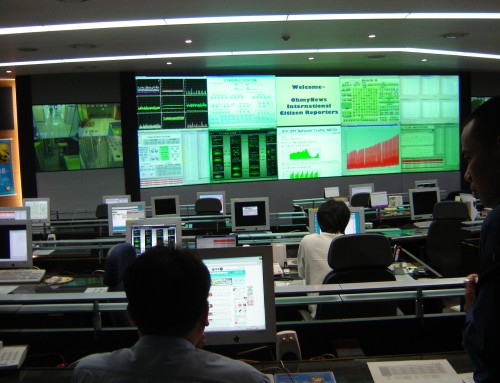When you want to improve operations, it is important to take a good look at your component subsystems. A system integrator may be the best way for you to improve productivity, raise platform efficiencies, and enhance security.
You want your operations to run as smoothly as possible. The various subsystems may have been added throughout the life of your location and therefore the possibility of having one comprehensive solution wasn’t an option. You may not want to get rid of all of your current systems because they operate fine on their own. You simply want to upgrade the way that they operate, and this is when it’s important to look at integration as well as the power of automation.
When you do this, it will make it possible for you to get the systems upgrade without actually having to get a new system. You are instead looking at implementing the latest technology so that your subsystems communicate with each other and with you, ensuring that you are more aware of what is going on and giving you the power to make changes from a single panel.
The Benefits of a System Integrator
Quite a few benefits exist to system integration. It’s a hot topic across virtually every industry and much of it has to do with the amount of building automation technology that is available. An integrated system will allow you to reduce costs and promote efficiencies the moment they begin working as a whole.
You may find that facilities management can be extremely taxing at times, and this is because you are doing a significant amount of monitoring and work manually. You have to go to the system floor in order to learn about the various subsystems and how they are functioning.
If there is an emergency, your employees will need to know how to operate all of the subsystems individually. The separate elements may require manual adjustment, and this does not promote efficiency.
With a system integrator, you can look forward to a single work station. You can identify and fix problems from one access point as opposed to having to go to all of the different systems that are in place.
You can also improve response time. If there’s an issue on the plant floor, you want to address it as quickly as possible. If you have to visit multiple substations to control power, flow, or anything else, it is going to take longer and potentially make it more difficult to recover from whatever has happened.
How to Determine the Level of Integration
Launching a system integration requires a significant amount of planning. This is because you will need to map out the various subsystems and their technical requirements. From there, you will want to make sure you have captured all of the resources so they are of benefit to you and everyone else within the organization.
You will have the ability to improve functionality with an automated system and have everyone working as a single complete system as opposed to multiple subsystems. It makes it safer by reducing risks and the technology will make it easier to improve efficiencies and stay on top of system performance.
A comprehensive solution that is truly going to solve the problems you are currently facing will require consultation, planning, and implementation. After that, it is all about providing training to your staff within the plant and maintaining the complete system.
Learn more about automation solutions, control system integration and upgrades by contacting Good Manufacturing Practices, Inc., (GMP). Experience the GMP S.T.A.R. Advantage.


